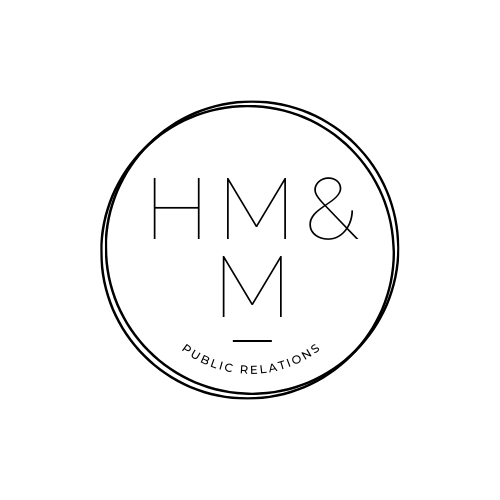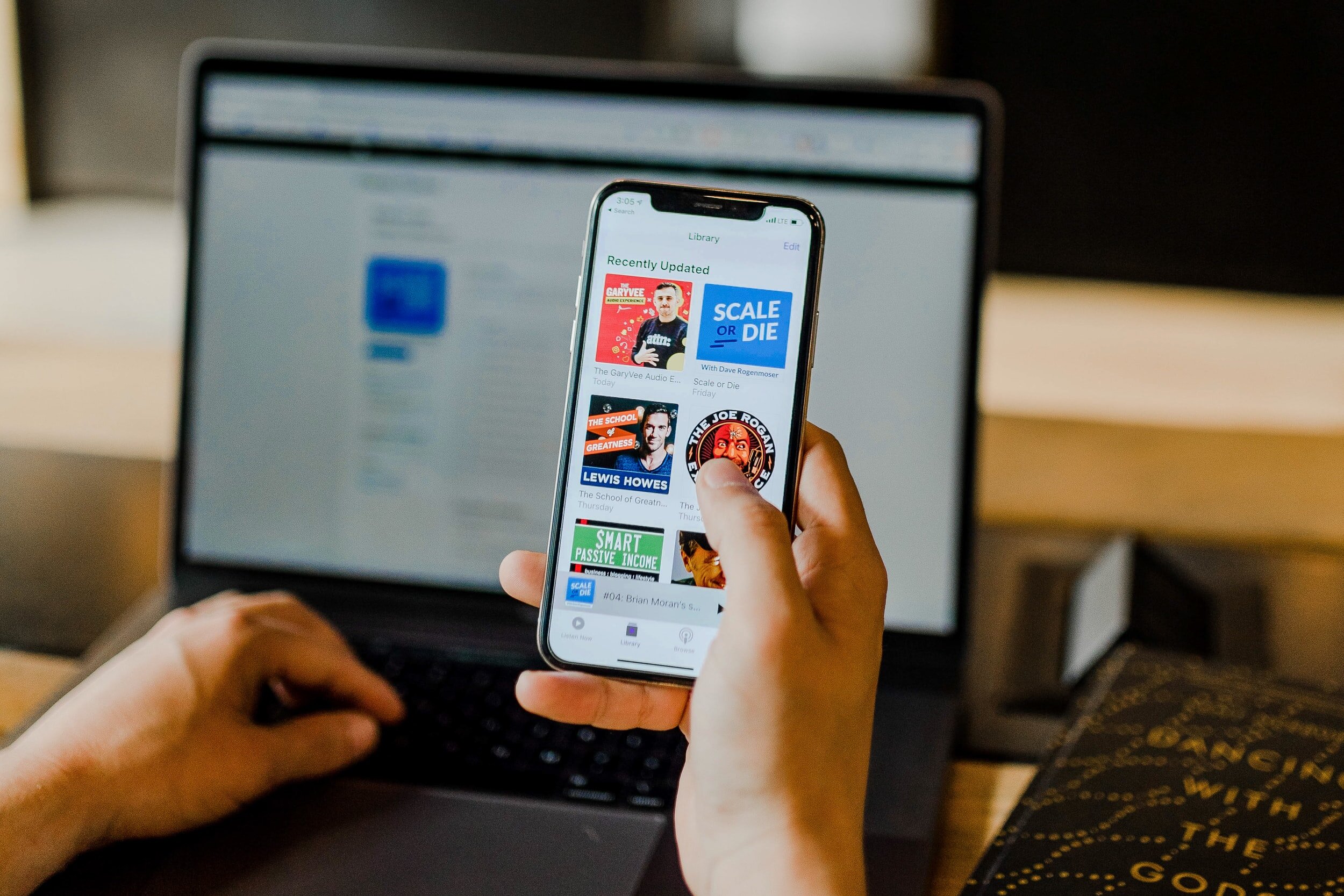By Mary Nguyen
Many small businesses mistakenly believe they need a fully-fledged PR machine to reap the benefits of publicity but little do they know all it takes is a little know-how, an internet connection and a bit of time to get started on a PR plan.
When budgets are tight it can be tough take the first step towards enacting a PR strategy but what small businesses don’t know is that it only takes a small investment in some simple strategies to result in big wins for your business. Promoting your business doesn’t have to be hard, nor does it have to be expensive or time-consuming. Here are six easy ways to make PR work for you.
1. Position yourself as a leader of your field
Sharing hard-earned knowledge in your area of expertise is a sure-fire way to establish a reputation as a leader of your field. You can do this by contributing articles for industry publications, websites and newsletters, speaking at events, mentoring and even publishing a blog or book.
Use your social media presence to enrich the community with useful tips, engage with audiences and answer questions to build goodwill and be visible as the first point of contact for all potential stakeholders.
2. Have a brand story
Like any good brand-building exercise, making your story stand out all depends on your point of difference. How is your service or product unique? How did you find a gap in the market?
Building a narrative around how you built your business is a compelling way to attract media attention. Be sure to include the following things to differentiate your brand:
What’s special about the business, the more you can summarise this in a few sentences, the easier it will be to narrow down.
The culture you’ve built around your brand and company.
The problem you solve with your product or service.
How you give back to the community.
The next thing to do is put it all together in a media kit. It doesn’t have to be anything fancy – a simple one-pager with all the relevant info neatly laid out for journalists is all you need. Include additional assets like high res images and even a sample or two if possible. Click here for a detailed guide on how to assemble your very own media kit.
3. Get to know the media that’s relevant to you
This could be industry publications or newsletters, local newspapers or niche interest magazines, websites, radio or TV. Enlist a PR specialist to help you reach out every time something important happens in your business.
A good PR rep will contact the right people on your behalf but by familiarising yourself with the media landscape in your industry you will have a better idea of the type of stories and content will be of interest; this will give you a realistic way to determine your goals for coverage.
4. Collaborate & cross-promote
Collaborating with a business that complements yours is a great way to build your customer base. Use other businesses to leverage your brand awareness and do the same for them; social media is particular effective for running competitions, joint giveaways or other events.
When action camera manufacturer GoPro announced a multi-year partnership with energy drink giant Red Bull, its stock surged 7% following the news. Under the agreement, GoPro would equip athletes and adventurers from around the world with cameras to capture their races and stunts from the athlete's perspective while Red Bull put its experience and reputation to work running and sponsoring the events.
“This is a content-sharing partnership that is dramatically expanded from anything we’ve done before… inclusion across all of these properties—and consistently so—is enormously powerful for our brand and our business,” said GoPro CEO and founder Nicholas Woodman.
With over 80 million fans between them, the two companies were able to share each other’s content across their various social media platforms and consolidate their significant number of followers.
5. Harness social media
The great levelling influence of social media means businesses are no longer at the mercy of traditional media platforms to promote themselves. Social networking websites such as Facebook, Instagram, Twitter and LinkedIn allow direct communication between customers and businesses as a way to resolve issues, gain feedback and to showcase the business’ products and services. Social media is also a way to access a network of influencers who are a potential source of ambassadors for your brand.
6. Use word of mouth
Word of mouth is an old school way to increase brand awareness; a Nielsen report showed that over 92% of customers valued the recommendations of their friends and family over advertising. Incentivise your happy customers to recommend your product or service to their family and friends with discounts or giveaways, sponsor and participate in charity and community events like fundraisers and local fairs or become a spokesperson for your industry body. These are all ways to get your name out while benefitting the charity or community at the same time. Not only will this enhance your good reputation, participating in your local community is also a chance to build your customer base through direct contact.
Unlike the olden days when access to media was concentrated in the hands of a few, any business can now use social media platforms to successfully promote its products and services without having to rely on big budget measures to secure media coverage. As a small budget conscious business, there’s no end to the PR tricks you can learn and apply yourself. With a myriad of influencers, bloggers, YouTubers and podcasters - the media landscape has never been more different and accessible to small businesses.
Dropbox is a brilliant example of how to manoeuvre word of mouth to great effect in the digital era. With hardly any spend on paid ads needed, the company used a refer-a-friend program delivered via social media early on to grow to a massive $9 million company.
Dropbox CEO and founder Drew Houston, who was 24 at the time, said he had no previous business experience and was simply looking for cost effective ways to promote his business. “Low budget marketing techniques and these sort of viral videos were increasingly common back then,” he said.
Need more help?
Learn how to set a budget for PR, communicate better in COVID times and stay on top of future PR trends on the HM&M Insights blog.




